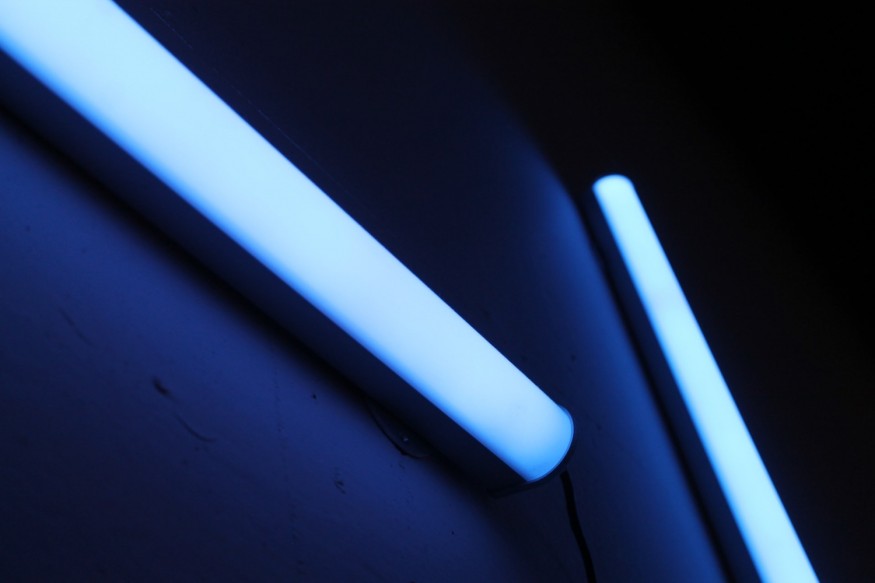
Researchers at the University of California in Santa Barbara Solid State Lighting and Energy Electronics Center address that they are considering creating light-emitting diodes (LED) in the UV spectrum that could sanitize surfaces that may have been contaminated by the coronavirus.
Christian Zollner, a doctoral candidate at UC Santa Barbara, claims that ultraviolet LEDs could provide a solution, especially when reaching deep into ventilating systems where the virus could be hiding. He adds that one primary application of UV LEDs in the medical setting would be the disinfection of personal protective equipment, surfaces, and floors. It would also be beneficial within the heating, ventilation, and air conditioning systems.
The work at UC-SB is promoted by many corporate partners. One of them is Seoul Semiconductor, which reported last week a "99.9% sterilization of coronavirus in 30 seconds" using its UV LED products. The technology is currently used to make UV LED lamps that sterilize the interior of unoccupied vehicles.
The disinfection of areas possibly contaminated by the coronavirus is opening a new window of opportunity for the technology. Zollner says it would provide a convenient, low cost, and chemical-free way to sanitize personal, public, retail, and medical spaces. He hopes to work on the study further once the quarantine is over.
Wipe Out the Virus with Light
It has been common knowledge for years now that ultraviolet light is capable of killing germs, viruses, and bacteria. This is why many at-home methods of UV sanitation have been released in the market, as they are proven highly effective against pathogens. UV sanitation products come in a variety of forms, including portable wands, phone sanitizers, and toothbrush cleaners.
Given the current pandemic situation with coronavirus, scientists are now considering the possibility of ultraviolet light-emitting diodes playing a role in the virus' eradication.
Read Also : Teen in Italy Showed Unusual Toe Marks That Are Now Considered Among Bizaare Symptoms of COVID-19
Three Types of Ultraviolet Rays
Ultraviolet comes in three different segments of the EM spectrum. UV-A and UV-B are generally supplied to the Earth by the sun. UV-C is the most effective as a disinfectant but does not naturally develop. It has to be created by humans.
Christian Zollner, a doctoral candidate at UC Santa Barbara, says that UV-C light in the 260-285 nm range is most relevant for current disinfection technologies. UV-C, however, is harmful to the human skin, which is why it is only used in operations where no one is present at the time of disinfection.
Dan Arnold, from UV Light Technology, describes UVC as 'nasty stuff,' and that no one should be exposed to it. He claims that it only takes seconds of exposure to cause sunburn in an instant.
As a matter of fact, the World Health Organization warns against the use of ultraviolet disinfection lamps to sanitize hands or other parts of the skin, as even quick exposure to UV-C light can cause damage to the eyes and also burns.
Also Read: A Quicker Solution to Coronavirus May Be Vaccines That Are 50% Effective, Scientists Claim












